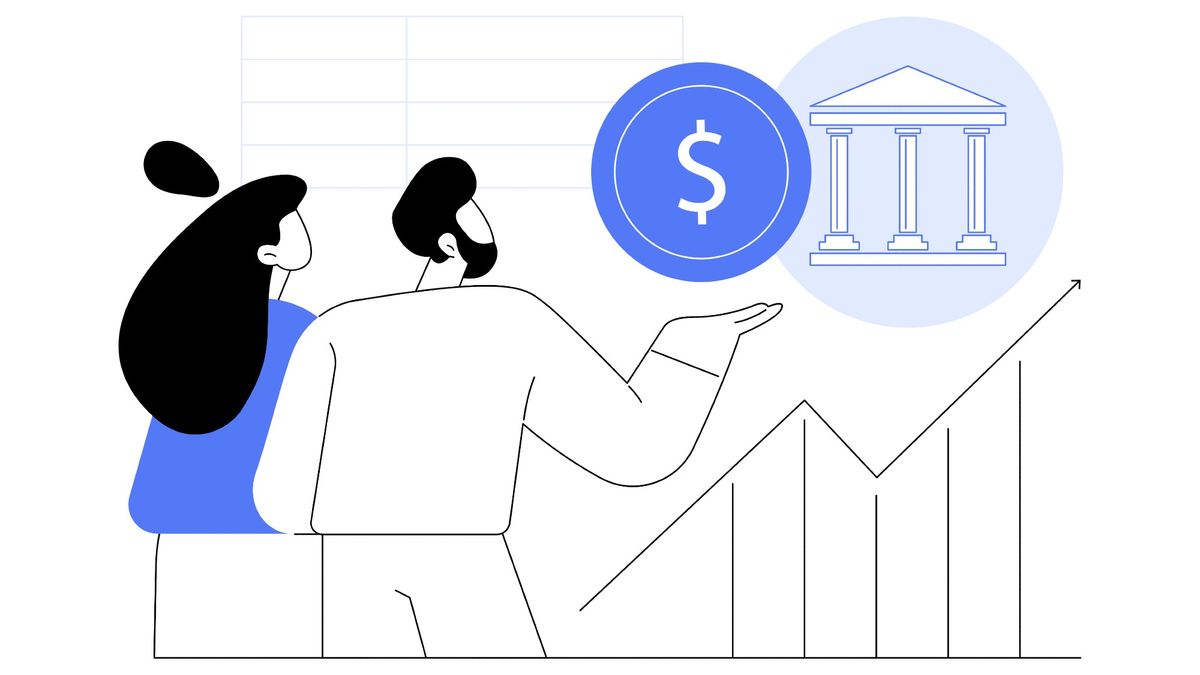In an ever-changing economic landscape, securing the best possible return on your savings is more important than ever. With interest rates fluctuating and inflation concerns looming, a high-yield savings account (HYSA) offers a safe yet rewarding way to grow your financial portfolio. However, the vast array of options available can make the process of choosing the right one overwhelming. In this article, we’ll break down key factors to consider when selecting the perfect high-yield savings account and offer expert tips to maximize your savings potential.
Understanding High-Yield Savings Accounts
A high-yield savings account (HYSA) is a type of savings account that pays a higher interest rate than traditional savings accounts. Typically offered by online banks or credit unions, HYSAs are designed to provide more competitive returns for savers. While they come with some restrictions (such as limited withdrawals and deposit requirements), their advantages make them a valuable tool for anyone looking to grow their savings in a secure environment.
The Importance of Interest Rates
The interest rate is the primary factor to consider when selecting an HYSA, as it directly impacts the amount of money you’ll earn. High-yield savings accounts generally offer annual percentage yields (APYs) ranging from 0.50% to 5.00%, depending on the economic climate and the financial institution offering the account. It’s crucial to stay informed about market trends and understand how rising or falling interest rates might affect your savings potential.
For instance, when the Federal Reserve raises interest rates to combat inflation, banks often increase their APYs to attract more deposits. Conversely, when the economy slows and the Fed reduces rates, APYs may drop. Keeping an eye on the Federal Reserve’s actions and predictions can help you anticipate these changes and choose the right time to lock in the best rate.
How to Compare Interest Rates
When comparing high-yield savings accounts, focus not only on the advertised APY but also on how it compounds. Some accounts offer daily, monthly, or quarterly compounding, which can significantly affect your earnings. The more frequently your interest compounds, the faster your balance will grow.
- Daily Compounding: Interest is calculated daily and added to your account balance, which maximizes the potential growth.
- Monthly Compounding: Interest is calculated monthly, which is standard for most savings accounts but offers less frequent compounding than daily.
- Quarterly Compounding: Less common, but some banks may offer this option. While it provides more time between interest calculations, it’s still a good option in certain cases.
Fees and Restrictions: What to Watch For
While high-yield savings accounts can offer impressive returns, they are not without their fees and restrictions. It’s essential to read the fine print and understand any potential charges before committing to an account. Some common fees associated with HYSAs include:
- Monthly Maintenance Fees: Although many online banks offer fee-free HYSAs, some financial institutions may charge monthly maintenance fees if you don’t meet certain criteria (such as maintaining a minimum balance).
- Excess Withdrawal Fees: According to federal regulations, savings accounts are generally limited to six withdrawals per month. Exceeding this limit could result in fees or account restrictions.
- Minimum Deposit Requirements: Some banks require a minimum initial deposit to open an account. Be sure to check if this applies to the accounts you’re considering.
To avoid these fees, look for an account with low or no fees, no minimum balance requirement, and no penalties for accessing your funds within the legal withdrawal limit.
Accessibility and Convenience
When selecting a high-yield savings account, convenience and ease of access to your funds should also be a priority. Unlike traditional brick-and-mortar banks, many online banks offer HYSAs. While these accounts tend to offer better rates, they may have less physical presence, which could be a drawback if you prefer in-person banking.
That being said, online banks often provide user-friendly mobile apps and online platforms, making it easy to manage your account and transfer money between accounts. Be sure to evaluate the following factors when considering an online bank:
- Mobile App and Online Banking Features: Look for features like mobile check deposit, easy transfers, and account monitoring tools.
- Customer Support: Ensure the bank offers 24/7 customer service through channels such as phone, email, or chat support.
- ATM Access: Some online banks partner with ATM networks, allowing you to withdraw cash at no extra charge. Verify that the bank offers a sufficient number of fee-free ATMs in your area.
Considerations for Longer-Term Savings Goals
If you plan to leave your savings untouched for an extended period, it may make sense to consider a high-yield savings account with a long-term lock-in period, such as a certificate of deposit (CD). These accounts usually offer higher rates in exchange for committing your funds for a set term, often ranging from six months to five years.
However, it’s important to balance the higher interest rate of a CD with the need for liquidity. If you might need to access your funds before the maturity date, a high-yield savings account with a competitive APY offers greater flexibility. Always evaluate your financial needs before committing to a fixed-term product.
Alternative High-Yield Savings Vehicles
In addition to traditional HYSAs, there are other high-yield savings vehicles that might offer even greater returns or better terms, depending on your financial situation and goals:
- Money Market Accounts: These accounts often offer competitive interest rates, higher than traditional savings accounts, and come with check-writing privileges. They typically require higher minimum balances but may offer greater flexibility than a regular HYSA.
- Cash Management Accounts: Offered by brokerages and fintech companies, these accounts combine features of both savings and investment accounts. They provide high yields and easy access to funds, but the interest rate may fluctuate based on market conditions.
- Peer-to-Peer Lending: If you’re willing to take on a bit more risk, peer-to-peer lending platforms allow you to lend your money to individuals or businesses in exchange for a potentially higher return. However, this carries risks that traditional savings accounts do not.
Maximizing Your Savings Potential
To truly maximize your savings potential, consider these expert tips:
- Automate Your Deposits: Set up automatic transfers to consistently grow your balance over time. Even small, regular deposits can lead to significant growth.
- Compare Banks Regularly: Interest rates can change frequently, so it’s worth re-evaluating your options every six months to ensure you’re getting the best return.
- Take Advantage of Promotional Rates: Some banks offer introductory rates or sign-up bonuses for new customers. If the conditions are favorable, take advantage of these offers but be mindful of when the promotional rate expires.
Conclusion: Finding the Right High-Yield Savings Account for You
Choosing the perfect high-yield savings account is a vital step in ensuring your financial health, but it’s also a decision that requires careful consideration of interest rates, fees, accessibility, and your personal financial goals. By doing your research, staying informed about market conditions, and evaluating the options that best suit your needs, you can unlock the full potential of your savings.
For more information on how to compare high-yield savings accounts or find the best financial products, visit this guide on financial tools.
Ultimately, with the right account and a strategic approach, you can grow your savings securely and efficiently, ensuring a brighter financial future.
See more CNBC Network



